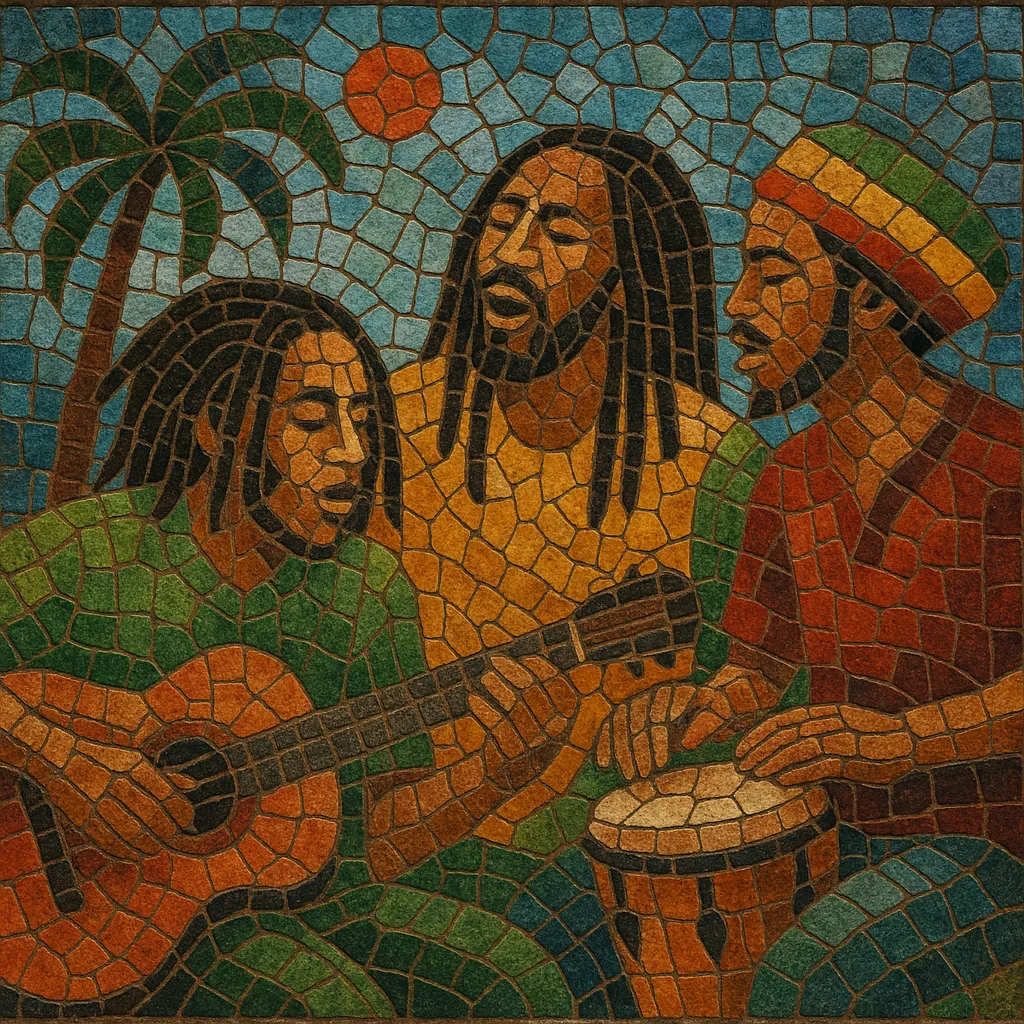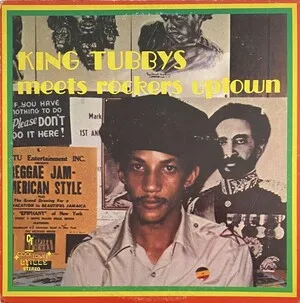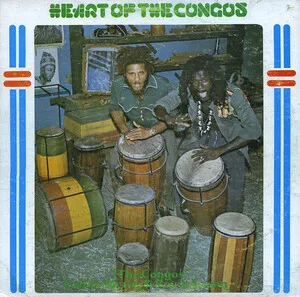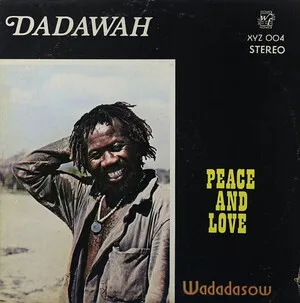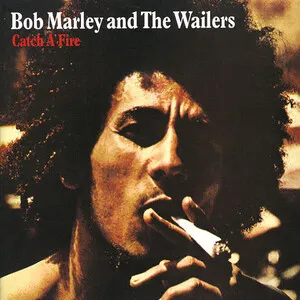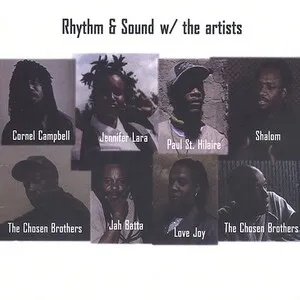Your digging level
Description
Jamaican music refers to the island’s rich continuum of popular and folk styles—from mento and ska to rocksteady, reggae, dub, and dancehall—unified by off‑beat rhythms, bass‑forward production, and a vibrant sound‑system culture.
Its signature feel comes from syncopated guitar or keyboard “skank” upstrokes, deep melodic bass lines, and drum patterns like the one‑drop, rockers, and steppers. Producers pioneered studio-as-instrument techniques (spring reverb, tape delay, high‑pass filtering, and creative drop‑outs) that transformed the global language of recording.
Lyrically and culturally, Jamaican music channels everyday life, romance, spirituality (including Rastafari), and social commentary. Delivered in Jamaican Patois or English, vocals range from soulful crooning to DJ “toasting,” the proto‑rap practice that helped shape hip‑hop and modern MC culture.
History
Jamaican music’s modern story begins with mento (a local folk/pop form) and the island’s engagement with imported American rhythm & blues and jump blues heard over radio and on records. Street‑corner sound systems—mobile DJ rigs with powerful speakers—became the core platform for discovering, testing, and popularizing new sounds.
Ska emerged first, marrying R&B horn lines and jazz phrasing to a walking bass and a choppy off‑beat guitar/piano skank. As tempos slowed and arrangements became more vocal‑centric in the mid‑1960s, rocksteady took hold, spotlighting harmony trios and more spacious grooves.
Reggae crystallized around the one‑drop drum pattern, heavy bass, and socially conscious or spiritual lyrics. Producers like Lee “Scratch” Perry and engineers like King Tubby pioneered dub—remixing multitrack recordings live on the console with delays, reverbs, filters, and dramatic mutes—redefining studio production worldwide.
Dancehall shifted the focus to the deejay/MC over pre‑made “riddims,” emphasizing raw energy and crowd control. The 1985 “Sleng Teng” riddim ushered in a digital era with drum machines and synth basses, leading to global crossover and a prolific riddim economy.
Jamaican music remains a core engine of worldwide pop and club culture. Its rhythmic blueprints and production aesthetics undergird UK bass, jungle/drum & bass, dubstep, reggaeton, and countless fusions, while sound‑system and dub techniques are now standard tools in modern music production.

